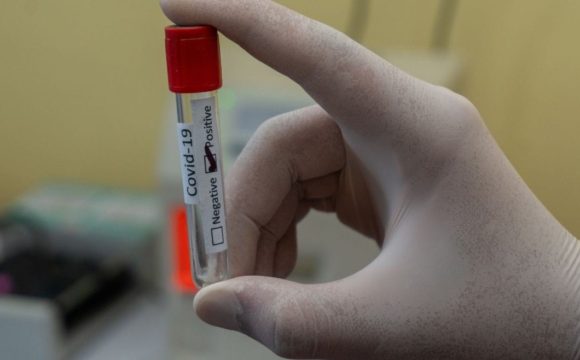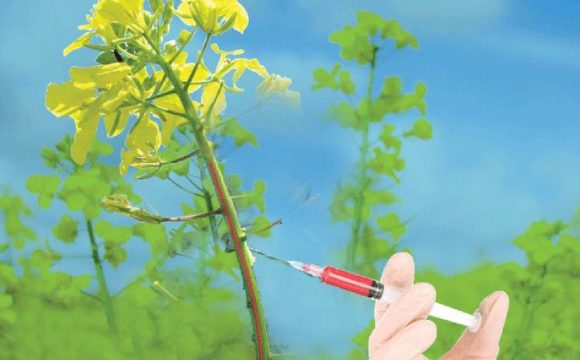On 26th of January 2017, a bunch of scientists from the gene expression laboratory at the Salk Institute, California published a paper in the highly reputed journal ‘Cell’ which took the scientific community and media industry by a storm. These scientists demonstrated successfully the growth of human organs into a pig. This is known as a human-pig hybrid or a ‘Chimera’ (the name comes from a Greek mythical creature which has the head of a lion with snake’s tail and wings of an eagle).
A chimera, genetically, is a single organism which contains cells from two different zygotes. Meaning one single being can have two completely different DNA. This usually results in benign effects like the variation in skin colour or hair colour to a more severe consequence like having more than one blood type or more than one reproductive organs. Earlier humans have managed to produce mice-rat chimeras in which gall bladders were developed in rats. This was an amazing scientific endeavour given that rats themselves do not have gall bladders otherwise. These experiments are carried out by combining the embryos from two different origins. Creating mice chimeras is, in fact, a common way to answers questions of cell lineage and cell potential.
However, this is the first time that a higher mammal like a pig has been used as the model organism. The methodology used for this particular experiment was a little different. Here, adult human stem cells were injected in the early stage pig embryos. The embryos had the genes responsible for the organ development knocked off. More than 2000 such hybrid embryos were transferred to foster mothers. And of these 150 chimeras were successfully produced. The success rate was 7.5% and the targeted organs were kidney, liver, heart and pancreas.
The methodology in a nutshell
(Source: The Guardian)
Chimeras are not just produced synthetically, they even exist in nature! An American lady Lydia Fairchild was pregnant with her third child when she separated from her husband. She had applied for child support which usually requires the DNA evidence of the child’s parenthood. While her husband’s DNA matched with that of the child her own DNA did not. Far from getting child support, Lydia was now dragged into a legal battle where a case for surrogacy fraud was made against her.
In the year 2002, a case of Human Chimerism was published in the New England Journal of Medicine. This got the attention of Lydia’s lawyer who now began to suspect that Lydia was also a chimera. Subsequent DNA tests did prove so. While the DNA from her skin and hair did not match to that of her child, the DNA from her cervical smear did!
Lydia Fairchild with her children
Just like Lydia carried two sets of DNA, in the Human Pig chimera there are traces of Human DNA (about one human cell in every 10000 pig cells) in the chimeric pigs. There was two other major perturbation with this experiment. One is that the pregnancy period in pigs is about 112 days compared to the 9 months period in humans. This means that the embryos along with all the organs in it are developing at a much different rate than what it would in a human body. This does raise some challenges in injecting the stem cells at the right stage of their own development for it to be integrated into the growing embryo. This perhaps explains the low success rate in the experiment. Another grave experimental and ethical concern is of pigs developing human brains. In that case, they may become just as sentient and conscious as humans. Although no Human cells were found in the pig brains, the stem cells could also be engineered preventing them from contributing to the chimera brain.
In this particular study, embryos were allowed to grow up to an early stage only, the leader of the experiment, however, said, “The ultimate goal is to grow functional and transplantable tissue or organs, but we are far away from that. This is an important first step.”
While the newly developed organ might help to fulfill the ever-rising demand for organ transplants and also provide organs for experimentation purposes, it raises some ethical concerns as well. A common criticism is that due to the overwhelming popularity of such experiments, other methods of scientific research remain unattractive for funding. These include prevention methods, consensual human trials, incentives for organ donation, microchip testing, and in vitro research amongst others. Besides, killing and aborting of countless sentient animals that suffer and feel pain continues to muster the attention of the animal rights activists.
These disparagements cannot and must not lead to the undermining of the scientific progress such experiments demonstrate. It, however, does make it clearer that while we continue to alter forms of lives at a fast pace we must bring in the ethics and other possible alternatives with similar momentum.
Reference:
Jun Wu et al. Belmonte Interspecies Chimerism with Mammalian Pluripotent Stem Cells, Cell, 26 January 2017










